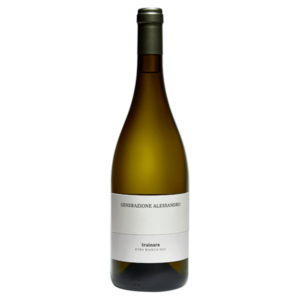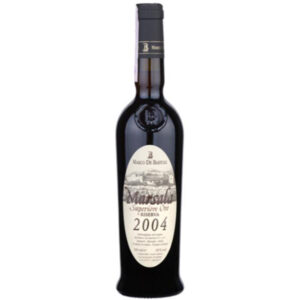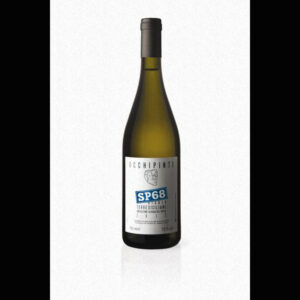Sicilia
Thanks to its size and location in the heart of the Mediterranean, Sicilia enjoys a densely woven history and agricultural – specificially oenological – tradition. First colonised simultaneously by the Greeks in the east and the Phoenecians in the west, it has since been occupied by almost every European nation. The British left their mark in the 18th and 19th Centuries, not by conquest, but, rather, with the commercial success of Marsala wine.
Sicilia is the hottest of Italy’s regions. The sea significantly influences coastal growing areas by moderating this heat, and growing conditions are generally dry, with breezes which prevent fungal disease. Inland, hills and mountains have their effect, by way of amplifying the difference between day/night and summer/winter temperatures.
The northern corner of the island is coolest, with the west and south experiencing the warm African Scirocco wind and low rainfall.
Much of the island is hilly, with the Appenini Siciliani – the end of the Appenine mountain range – in the norther corner. Etna is, of course, volcanic; the islands of Pantelleria, Vulcano and Stromboli are, too. Elsewhere, soil types include marine clays, limestone, sandstone and marl all appear.
Interestingly, white grapes constitute nearly two-thirds of the island’s plantings, and it is only in the last twenty years that the region has begun to show off its viticultural heritage, by bottling the indigenous varieties (red and white) in their own right, as opposed to using them, unnamed, in bulk wine for blending.
Showing all 8 results
-

‘Ciello Catarratto’ Terre Siciliane IGP Bianco 2023 by Normanno
£6.50 – £120.00 -

‘Sese’ Pantelleria DOC Passito 2019 by Tua Rita (50cl)
£42.95 -

‘SP68’ Terre Siciliane IGT Rosso 2022 by Arianna Occhipinti
£11.50 – £295.00 -

‘Trainara’ Etna DOC Bianco 2018 by Generazione Alessandro
£12.50 -

Etna DOC Bianco 2022 by Pietradolce
£10.00 – £215.00 -

Etna DOC Rosso 2019 by Pietradolce
£10.30


